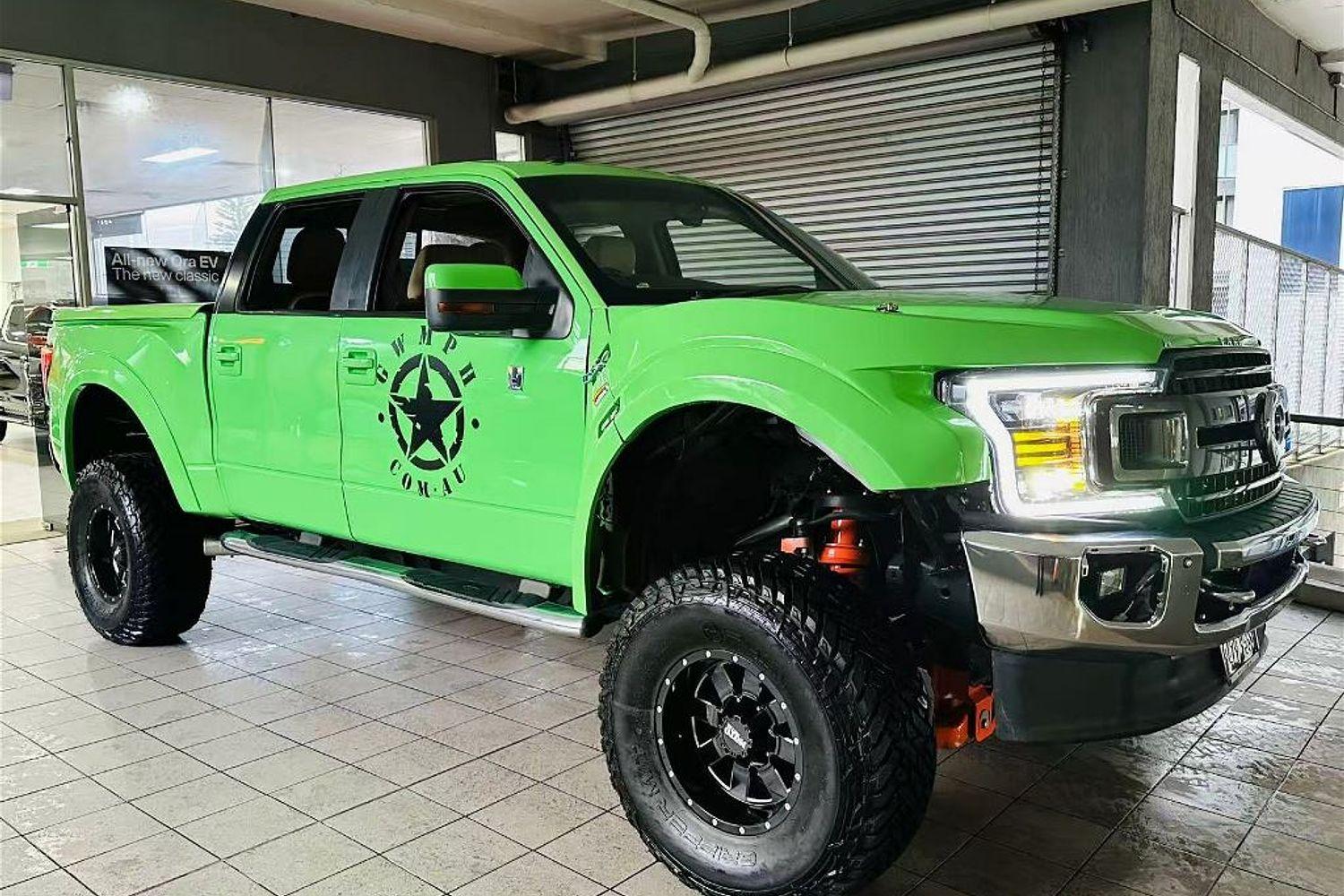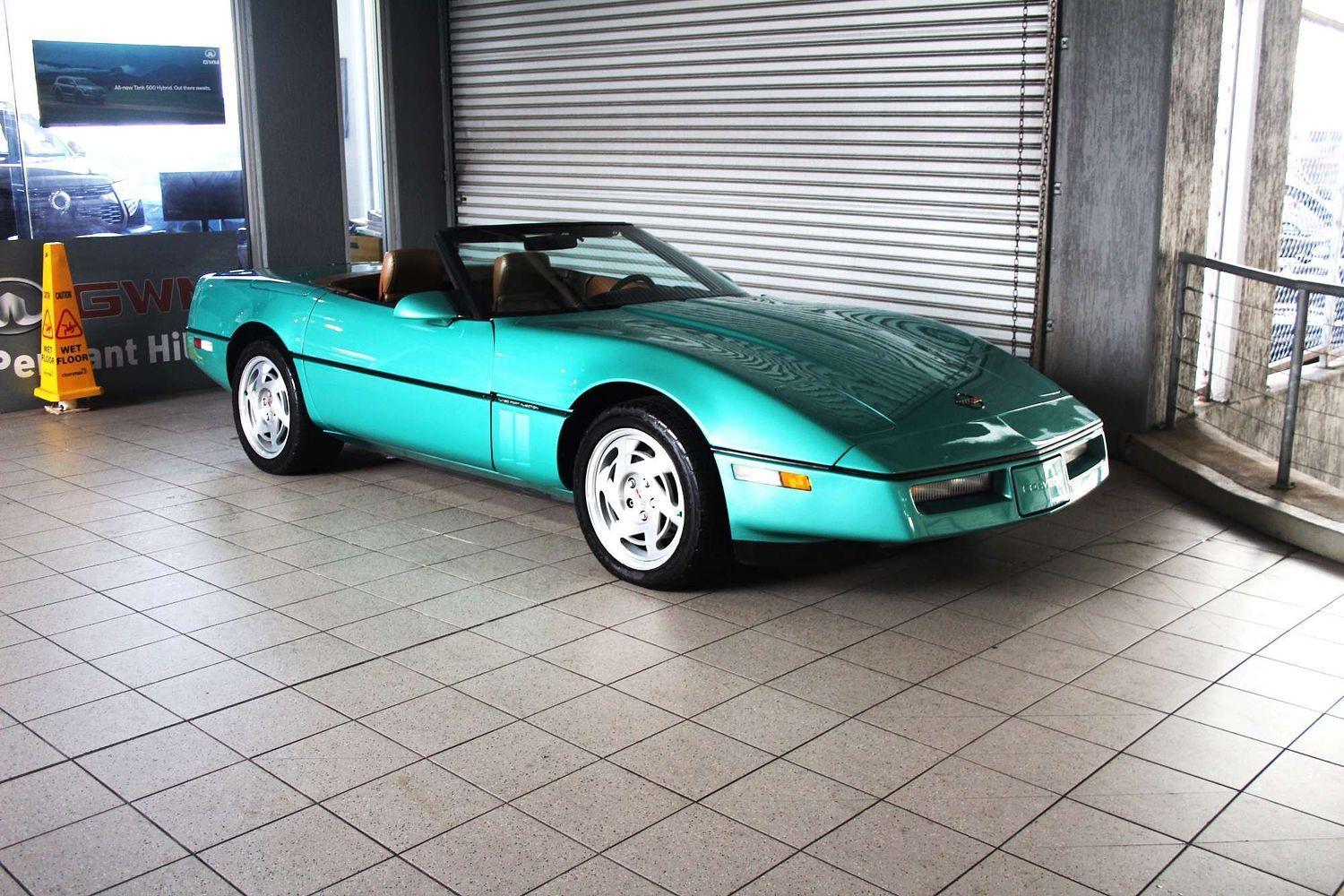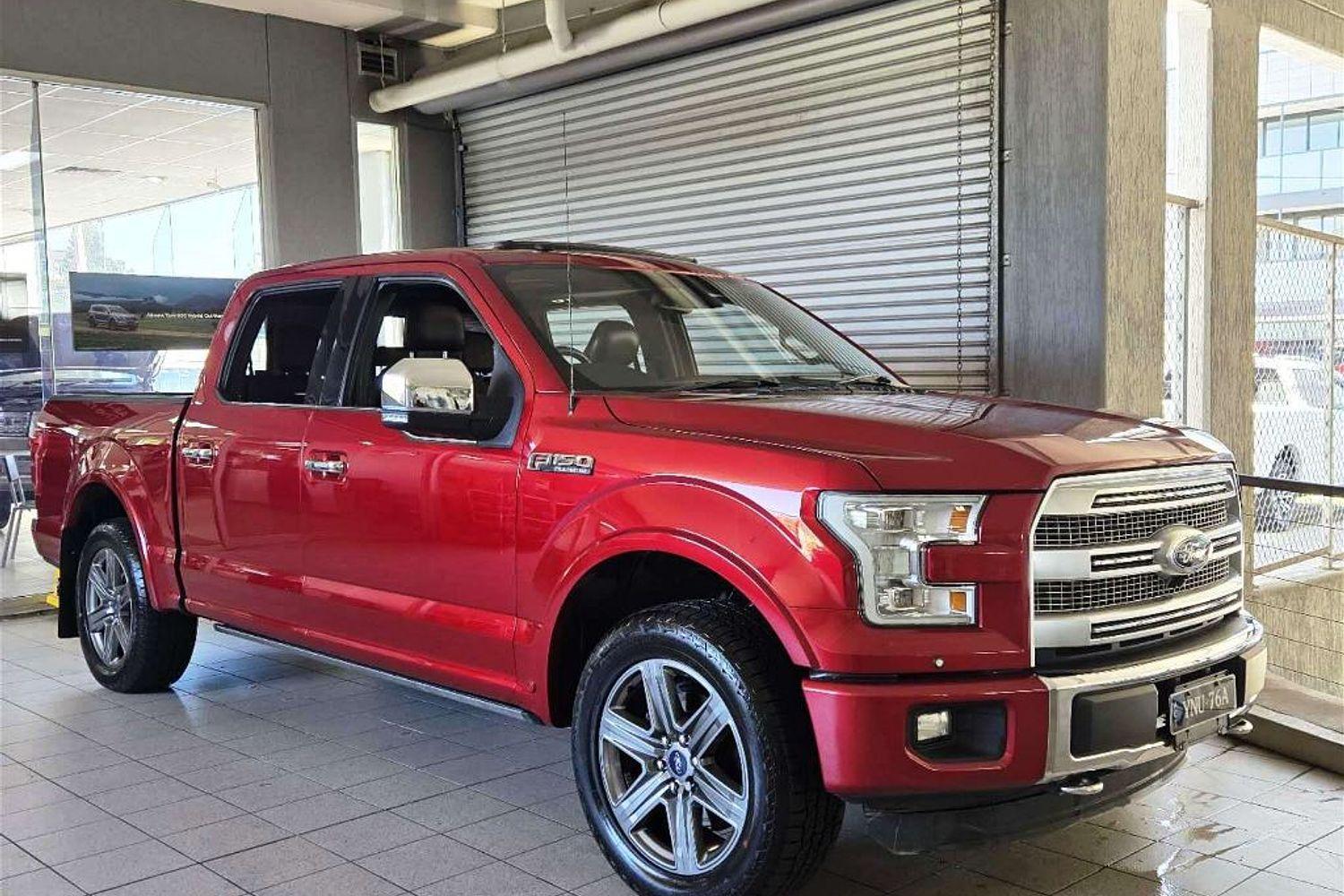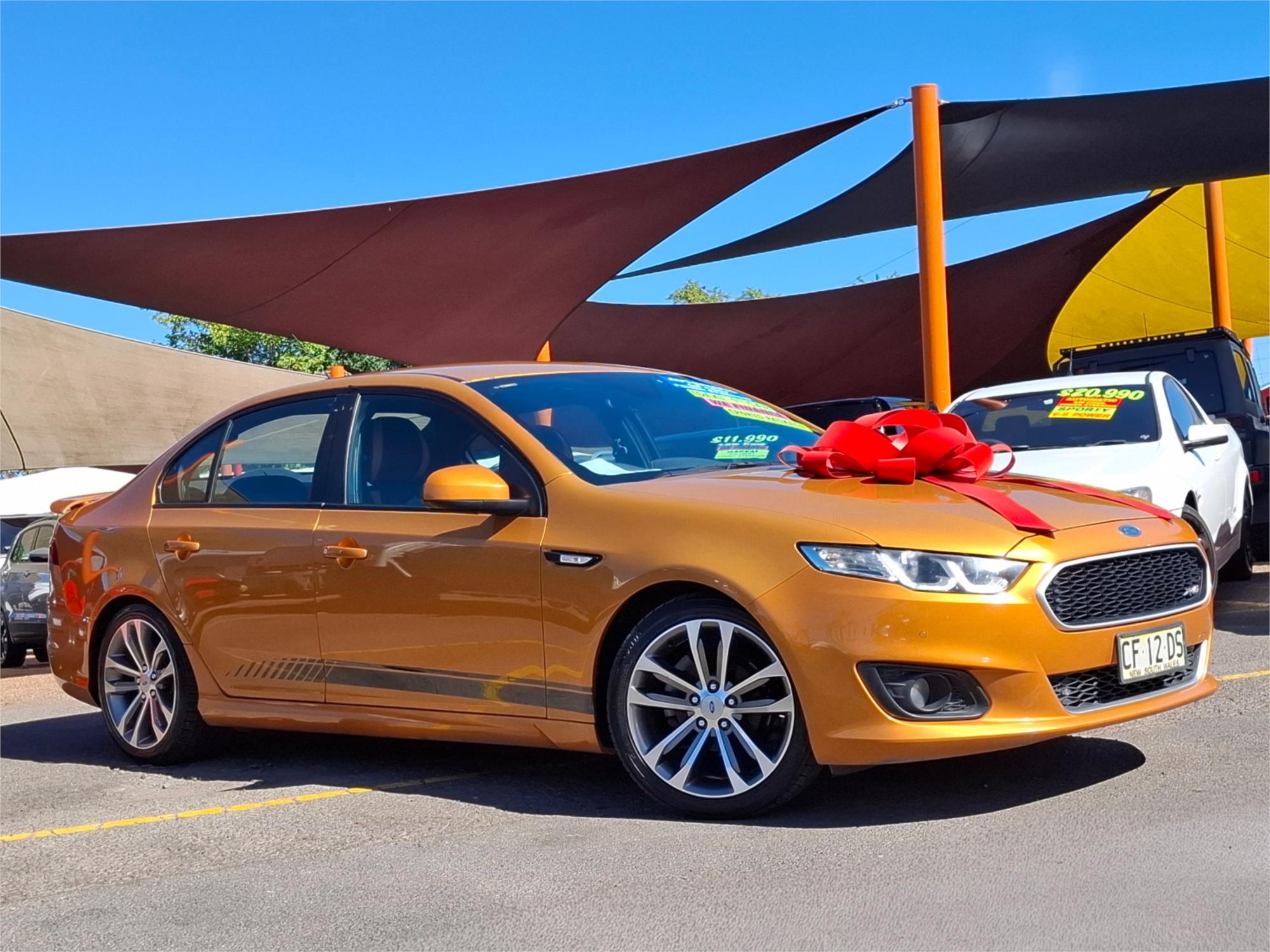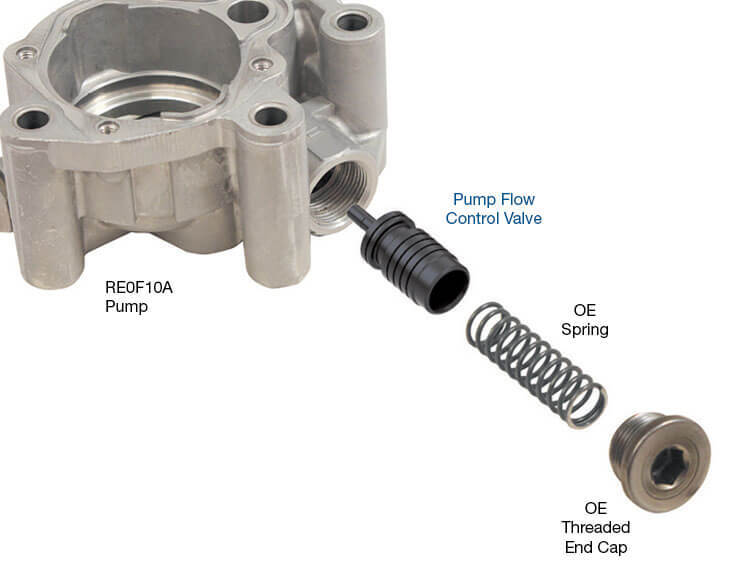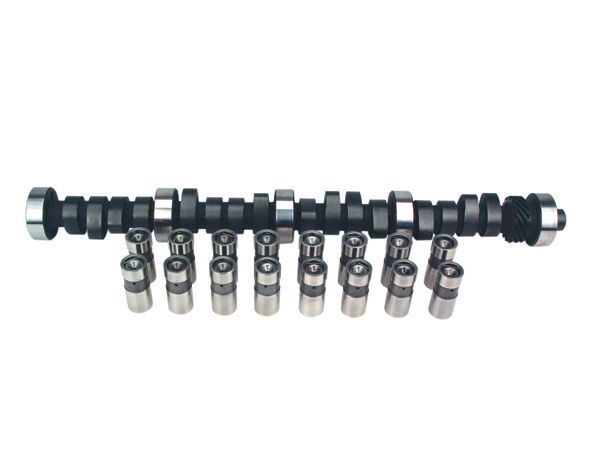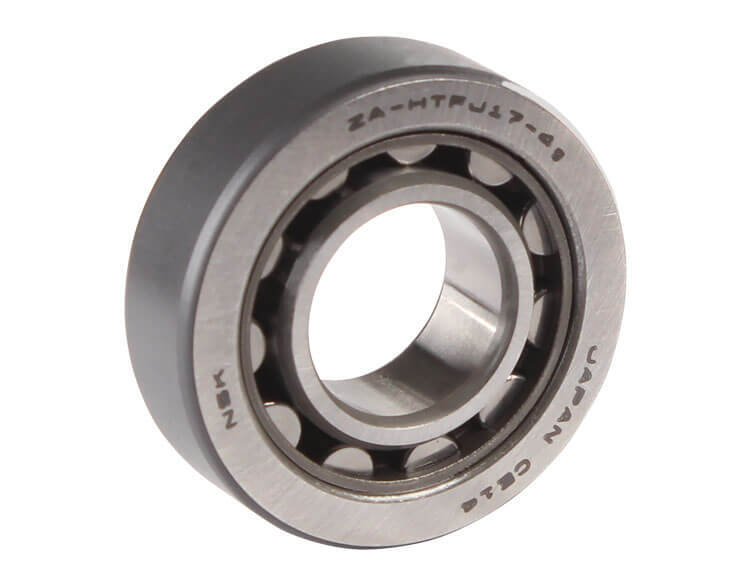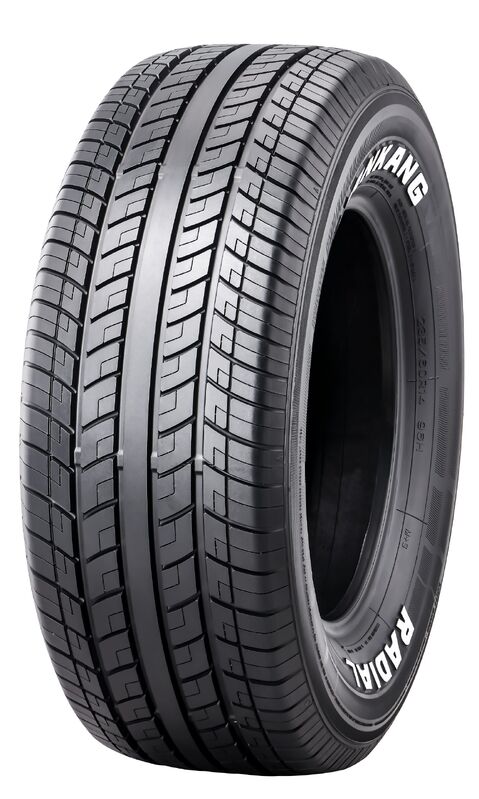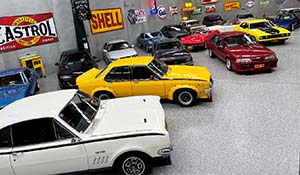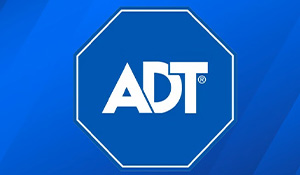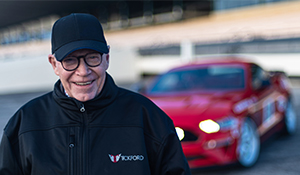Ferrari revives ‘Testarossa’ name for 849 PHEV
Ferrari has revealed their 849 Testarossa, a new plug-in hybrid sports car that will replace the SF90 Stradale. To be available in Berlinetta (coupe) and Spider (convertible) form, the 849 Testarossa can also be ordered as an ‘Assetto Fiorano’ that reduces weight and increases aerodynamics to improve performance.
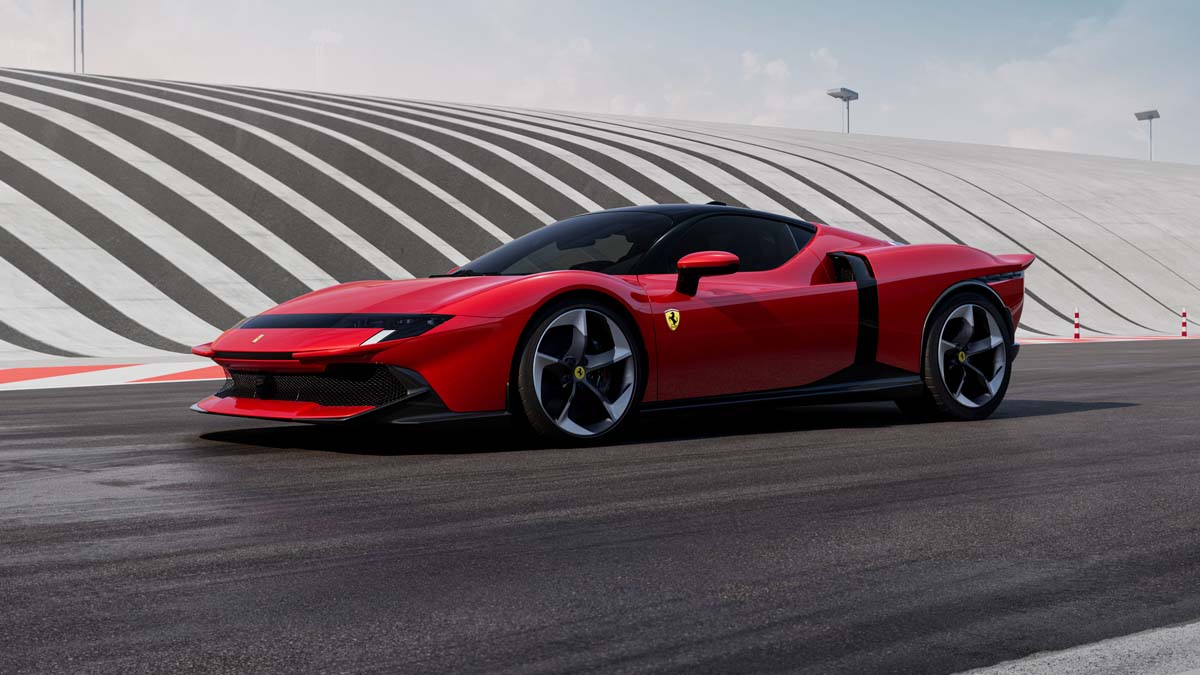
Described by Ferrari as a car that has the “ability to thrill the driver without ever compromising ride comfort or interior refinement,” the 849 Testarossa enhances or improves many of the SF90 Stradale’s features.
Of course, the new model takes its name from the legendary 12-cylinder Testarossa that was built from 1984 to 1996. Ferrari say they chose to revive the Testarossa name for the 849 to satisfy their most demanding clients that “want the very best from a Ferrari”.
Along with a more powerful engine, improved aero and better braking, the 849 Testarossa features Ferrari’s ‘FIVE’ (Ferrari Integrated Vehicle Estimator); a system that replicates the car’s behaviour digitally, then adjusts traction control, electronic diff management and the AWD system to improve driving dynamics.
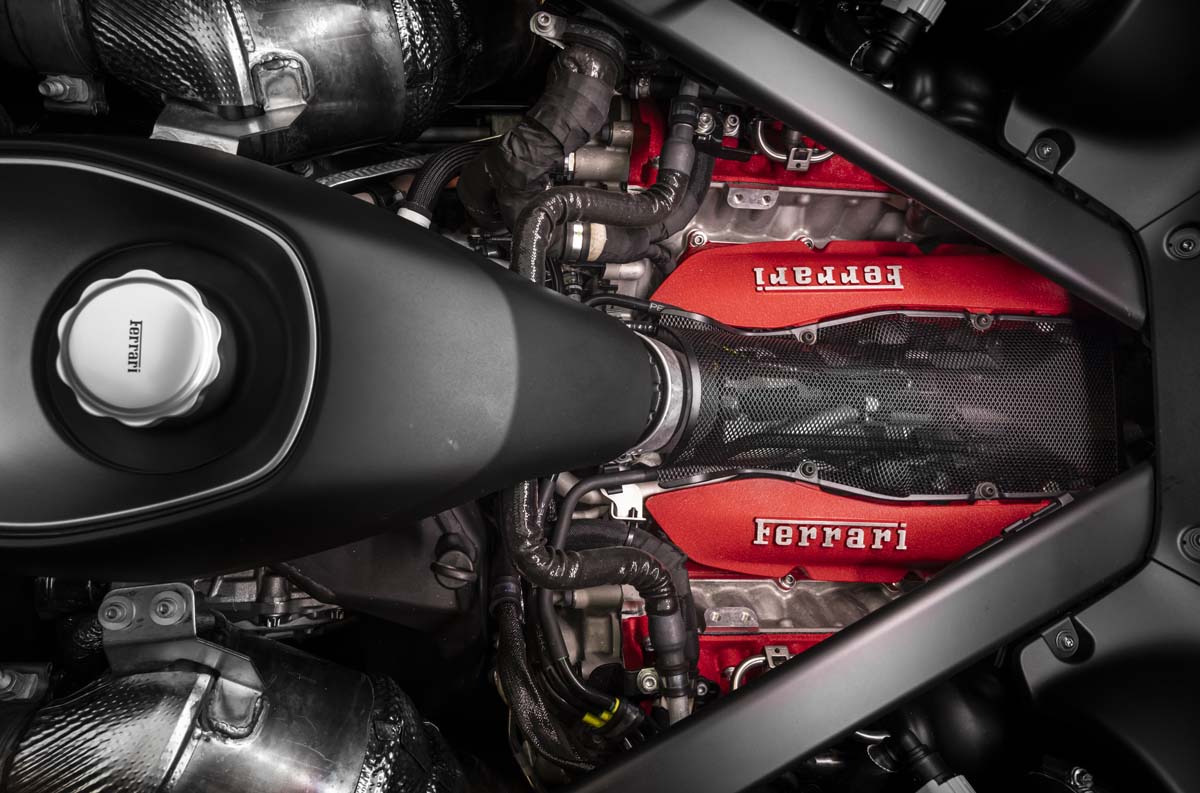
One and Three
Primary power for the 849 Testarossa comes from a twin-turbo V8 that’s based heavily on the unit from the SF90 Stradale. Retaining the 4.0-litre capacity, re-engineering this mid-mounted engine has improved output to 830cv (610kW) - 36kW more than what the SF90 offered.
The gain in power comes chiefly from larger turbos (the largest ever for a production Ferrari) and an improved intercooler, with bearings derived from the F80 and heat shielding from the 296 GT3 track car. In addition, the engine block, heads, intake manifolds and plenums, exhaust manifold and other parts have been optimised. More power means more heat, so the radiators are larger, with side intercoolers borrowed from the F80 also larger.
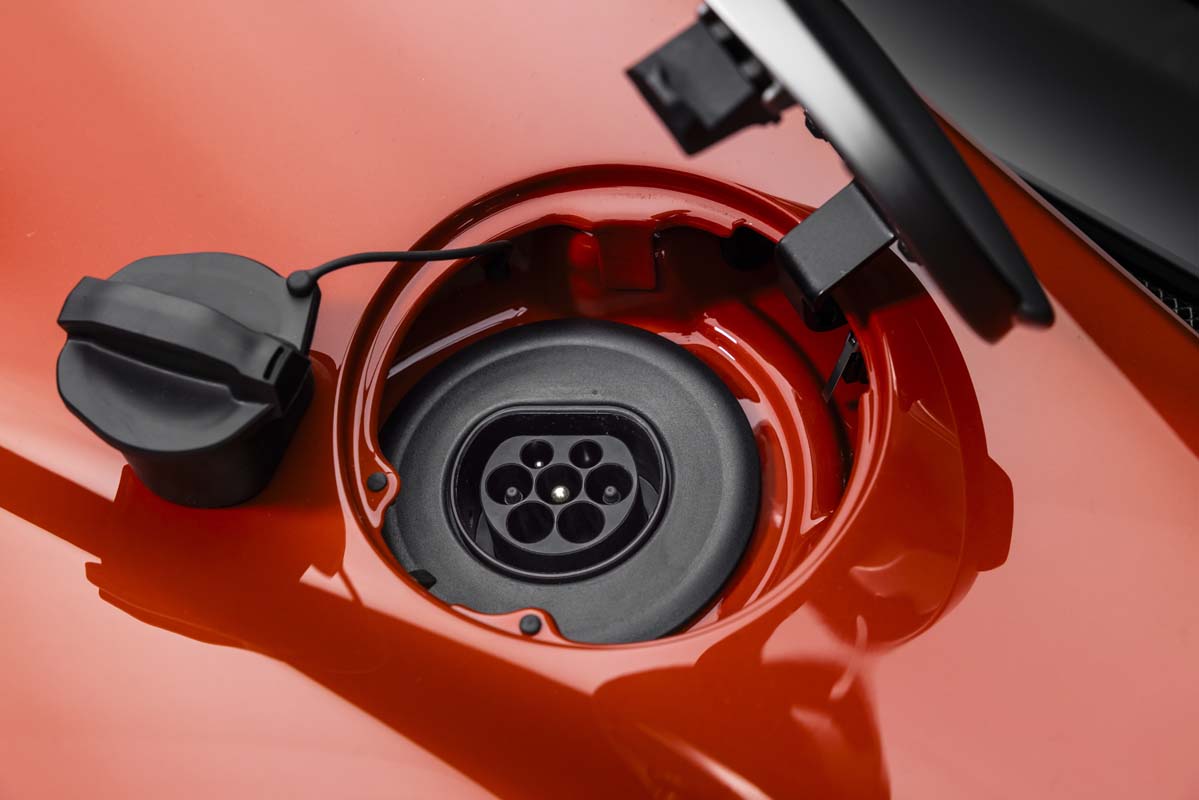
The V8 is combined with three electric motors – two on the front axle and one on the rear axle – that form an advanced hybrid system. On their own, the electric motors can produce up to 220cv (161kW), with smoother driving and better transition between EV and ICE operation. EV-only driving range is limited by the small 7.45kWh lithium-ion battery to around 25km.
Producing a combined 1050cv (772kW) and 842Nm, plus 0-100km/h in 2.3 seconds and a 300+km/h top speed, this hybrid system not only offers all-wheel drive and regenerative braking (with improved pedal feel), but also torque vectoring to maximise traction and improve cornering performance. This hasn’t come at the cost of extra kilos, with the 849 Testarossa weighing the same – 1,570kg - as the SF90 Stradale, meaning power-to-weight is increased.
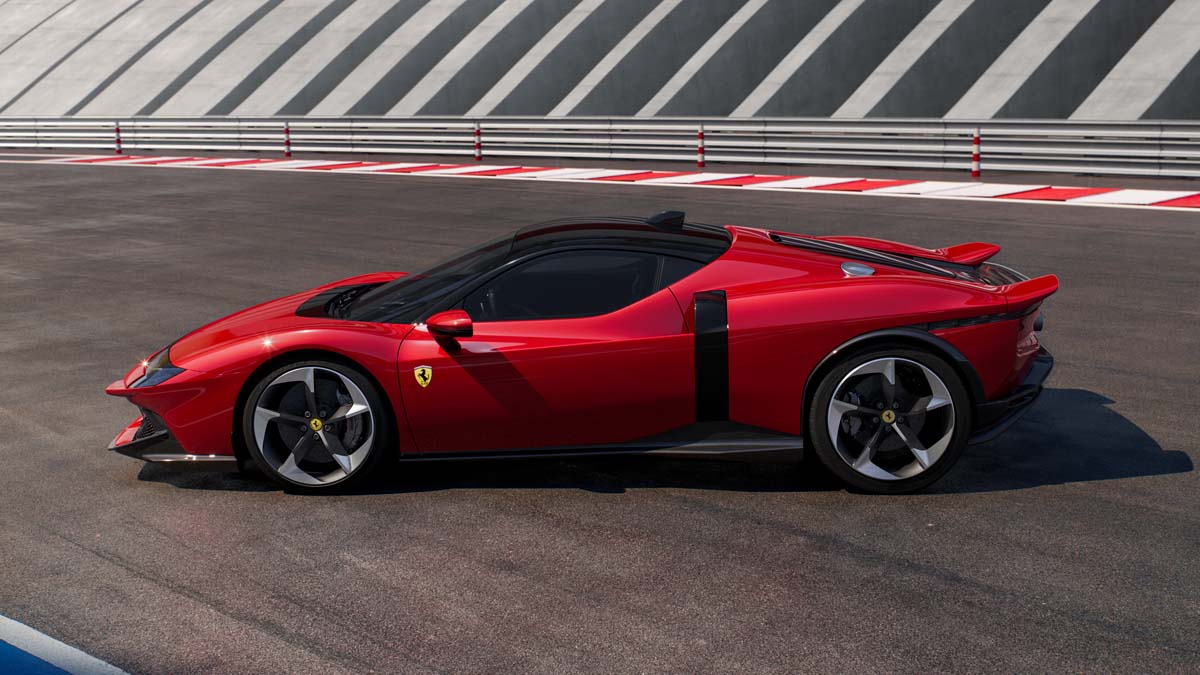
Improved Aero
Like the SF90 Stradale, the 849 Testarossa achieves most of its aerodynamic performance without the need for massive wings and diffusers. Aero is there, but it’s blended into the body, with the lower front splitter and dual ‘winglets’ at the rear the only obvious elements.
Reshaping the scoops in the flanks have improved airflow to the turbo’s intercoolers by 30 per cent, while a complete redesign of the undertray increases downforce by 20 per cent compared to the SF90 Stradale. The front bumper has been reshaped and the front splitter enlarged to allow more cooling airflow to reach the radiators.
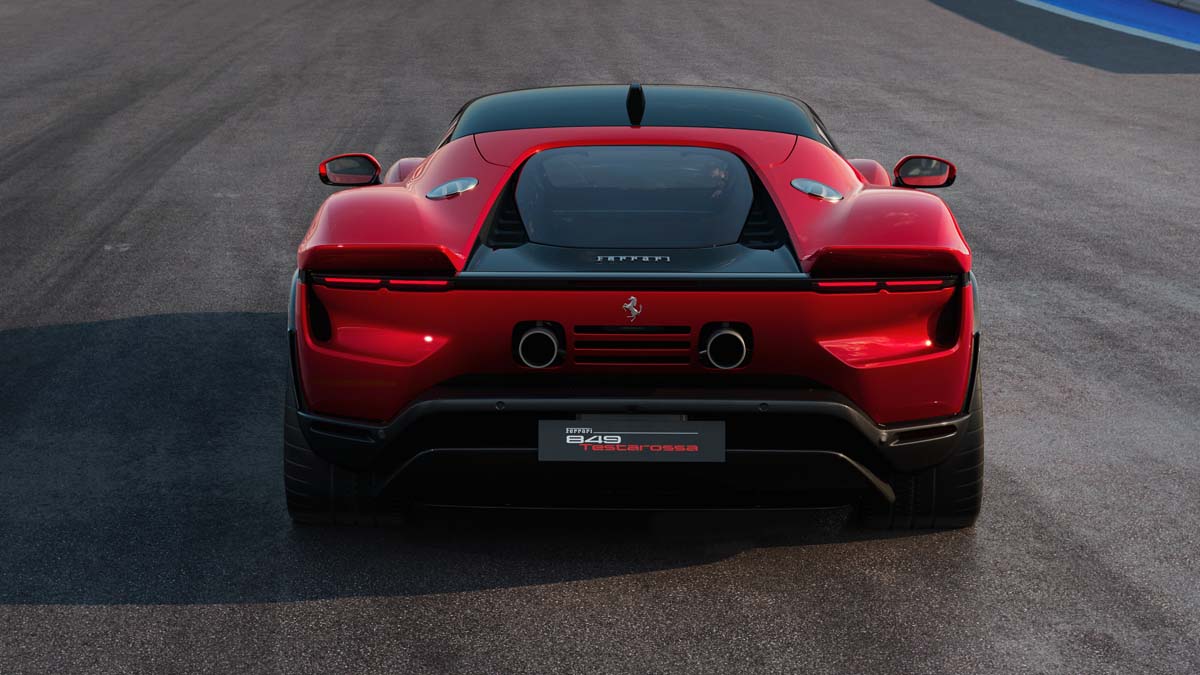
At the rear, the twin-tail configuration is inspired by the 512 S, with the two separate winglet sections that flow from the top of the wheelarches generating 10 per cent of rear downforce. An active rear spoiler, derived from the SF90 Stradale but 2kg lighter, is capable of generating up to 100kg of downforce at 250km/h. There’s also a redesign of the multi-level diffuser at the rear that reduces drag by 10 per cent.
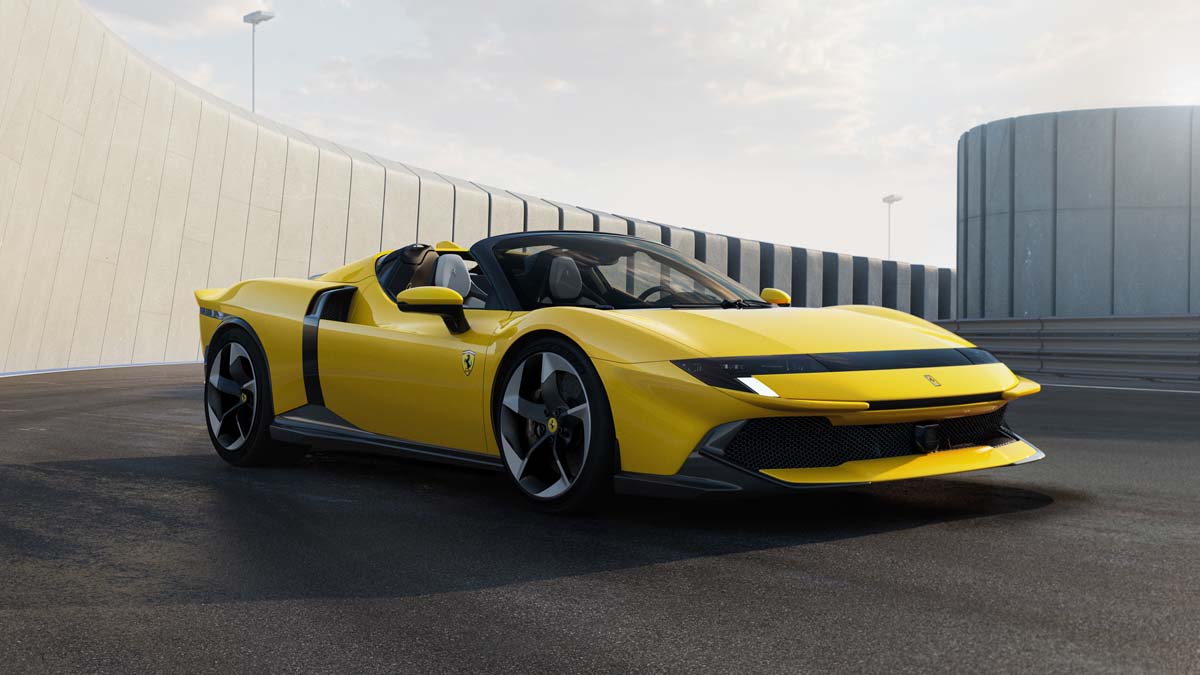
Thrive with FIVE
With the dual goals of improving driving performance, while maintaining a high level of driving pleasure, the 849 Testarossa introduces the Ferrari Integrated Vehicle Estimator (FIVE). This digital system replicates the dynamic behaviour of the car in real time, estimating characteristics that are then fed back to the actual vehicle dynamics to improve performance.
According to Ferrari, these estimates make vehicle response more precise and repeatable. For example, FIVE measures wheel slippage under ABS Evo braking to optimise brakeforce distribution. In this instance, FIVE allows later and harder braking than what was possible with the SF90 Stradale.
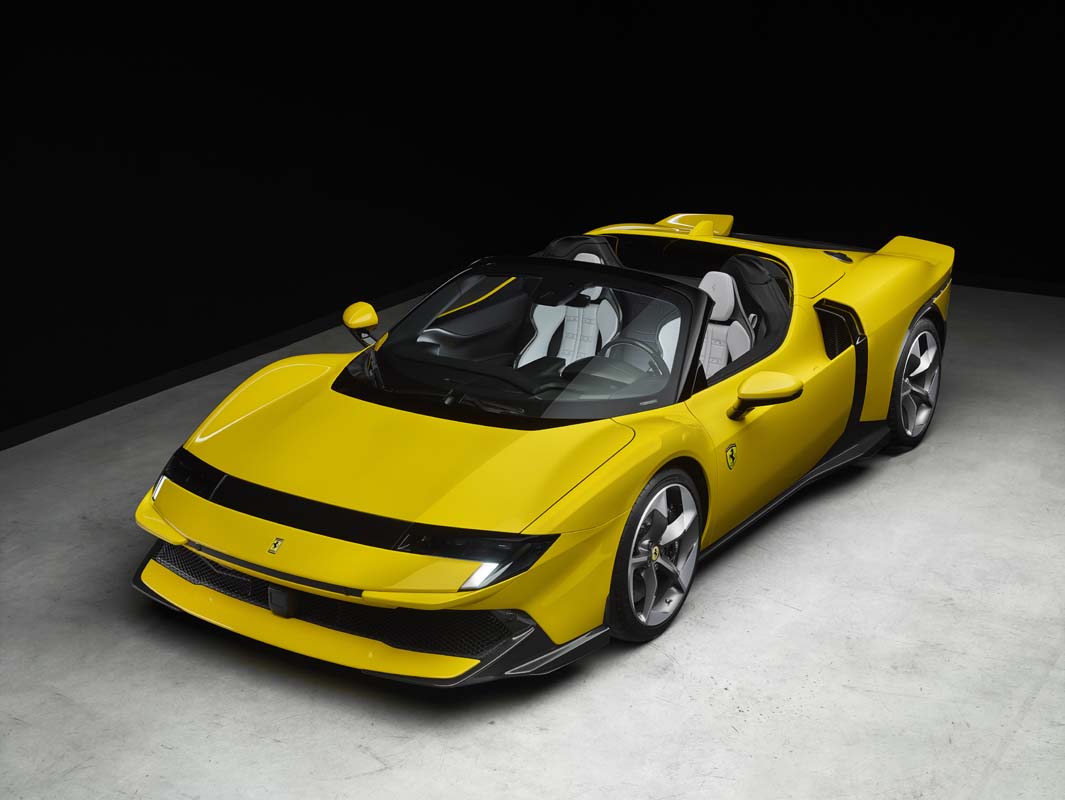
The ABS Evo has been upgraded to suit the increased performance, with larger discs all round, changes to the front disc ventilation, larger brake pads and new rear calipers that are stronger and offer better heat dispersal.
A new suspension set-up includes optimised dampers and springs that are 35 per cent lighter, with the main benefits being improved lateral performance and a reduced roll gradient.
Tyres for the 849 Testarossa have been developed in conjunction with Pirelli, Bridgestone and Michelin. Standard tyres are the Pirelli PZero R or Bridgestone Potenza Sport, with Michelin options limited to the Assetto Fiorano, or by request.
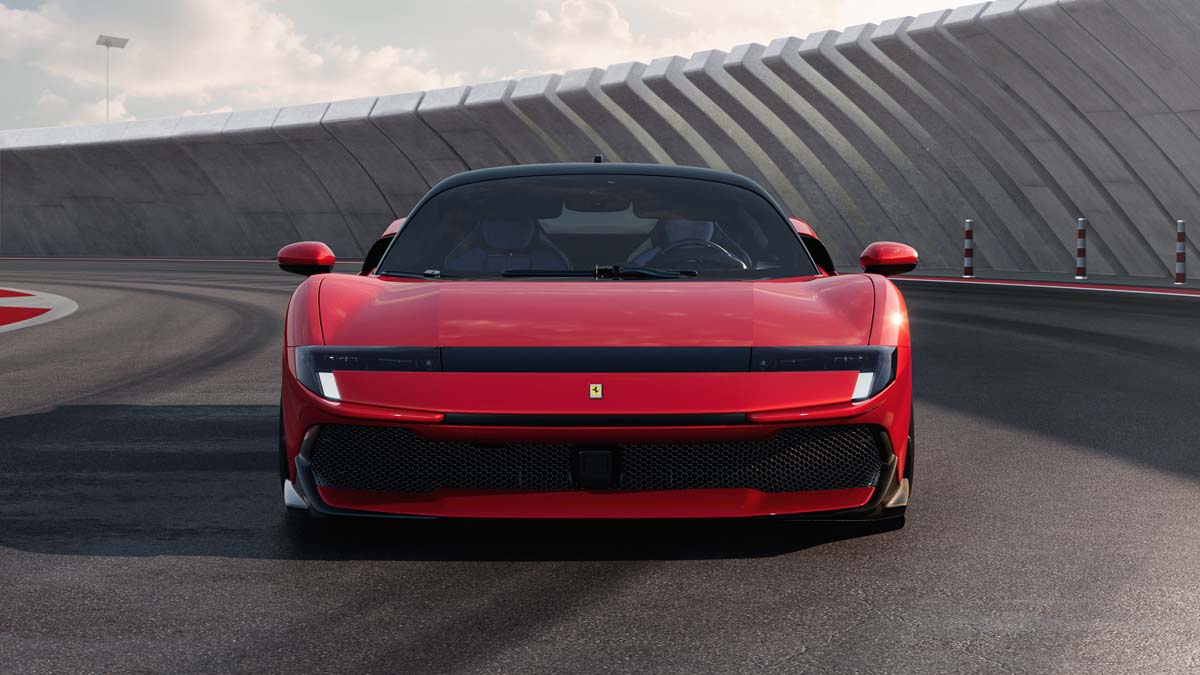
Sharper, Sleeker . . . and Visored
Styling on the 849 Testarossa is a fair way removed from that SF90 Stradale, with fewer “big” curves and a sharper look overall. Inspiration for the new car was said to have come from aeronautics and sports prototypes from the 1970s. The latter is evidenced in the rear winglets that are very similar to those of the 512 S and related 512 M.
Hiding the headlights behind a visor-like strip that runs the width of the front end has echoes of the 365 GTB/4 Daytona from the 1970s, although Ferrari says they took inspiration from the much more recent 12Cilindri and F80. The sharp, biplane nose is similar to the recent Daytona SP3.
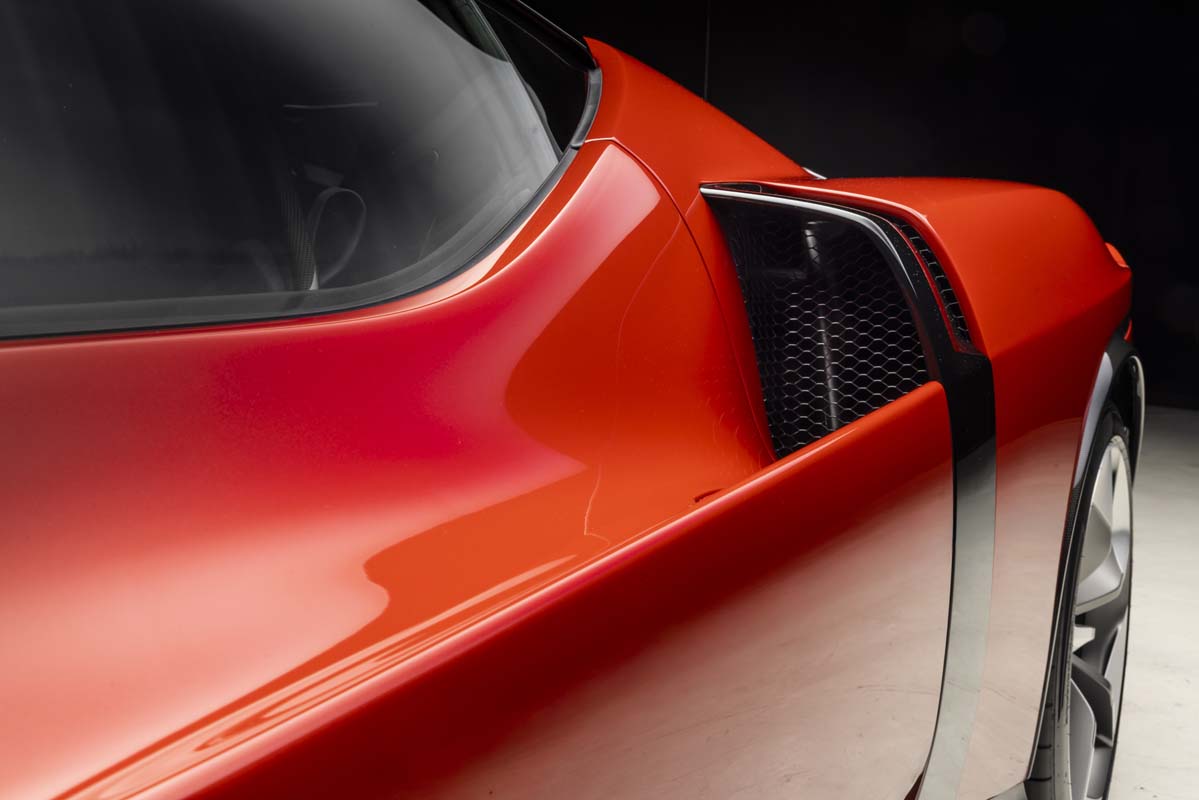
A large vertical strip that frames the engine air intakes shouldn’t work with this body sculpture but it does, while also marking the trailing edge of the doors. The doors themselves serve as aerodynamic ducts, with their outer edge continuing a style line through to those twin-tail winglets.
What look like dual fuel fillers on the rear flanks are actually separate inlets – the offside for petrol and the nearside being the PHEV’s charge port.
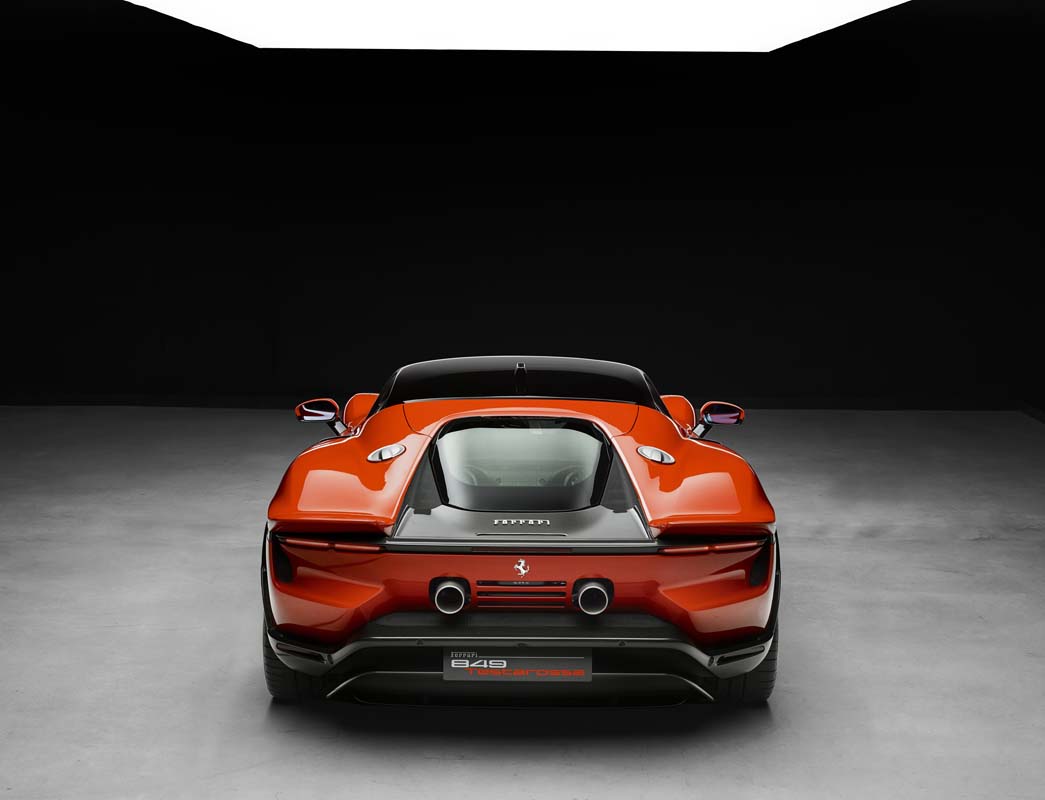
Carbon fibre vents that trail the rear wheelarches flow to the tail lights, which sit under the winglets, while large dual exhausts exit through the centre of the rear bumper. The rear diffuser is subtle, without the depth and density seen on other high-performance cars.
Forged alloy wheels, with a two-tone ‘diamond cut’ finish, are unique to the car and designed to be aerodynamically efficient.
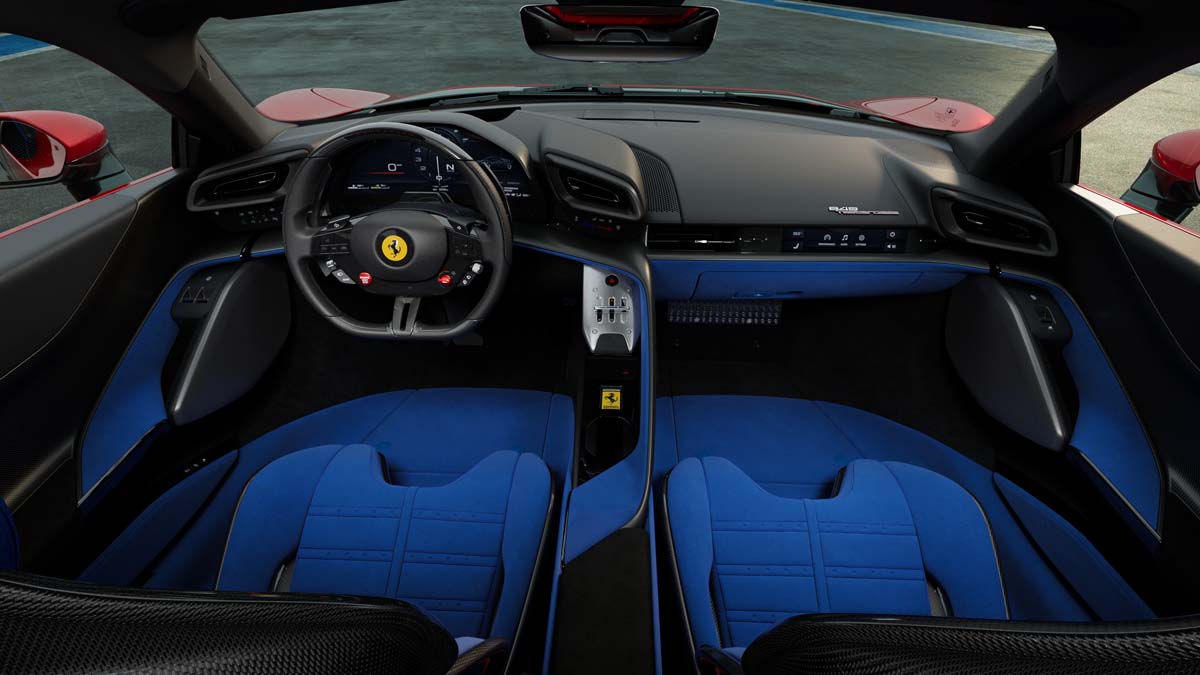
Made for Two, Biased to One
Interior styling is described as a synthesis between the layout of a berlinetta and the cockpit of a single-seat racer. Air vents shaped like parallelograms sit high on the dash, which has a biplane treatment like that of the exterior’s front end.
A large digital screen sits ahead of the driver, with a narrow screen for the passenger presenting revs, speed, gear position and other vehicle data, along with the ability to adjust the infotainment settings.
A central ‘sail’ separates driver and passenger, with the shift gate mounted to this being a simplified version of what was used on the F80. A wireless charging slot is situated in the central tunnel, with the sail design replicated in the door trims.
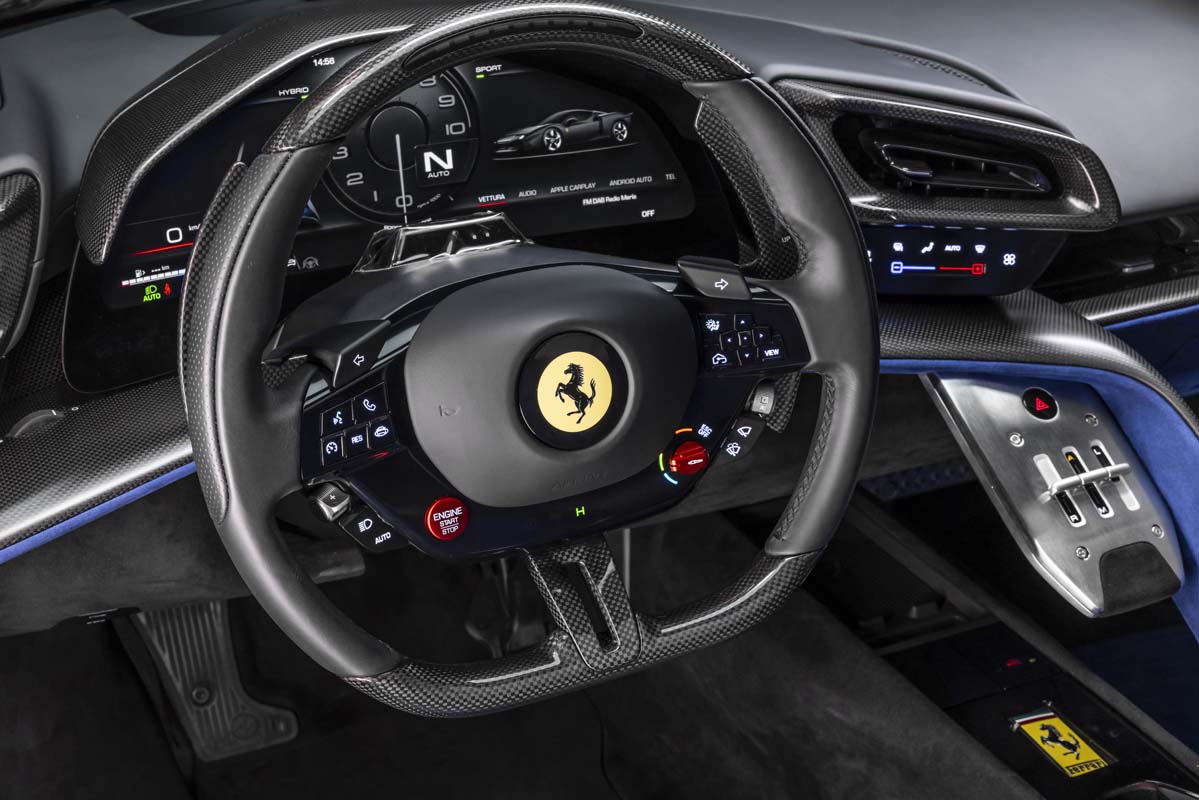
The flat-bottom steering wheel is loaded with functions beyond the usual audio, phone and display adjustments. Engine stop/start, the ‘eManettino’ driving mode control, headlights, indicators and wipers can all be easily reached without taking a hand off the wheel.
Accessibility and space inside the cabin are said to be improved, with two types of seats available – comfort or racing.
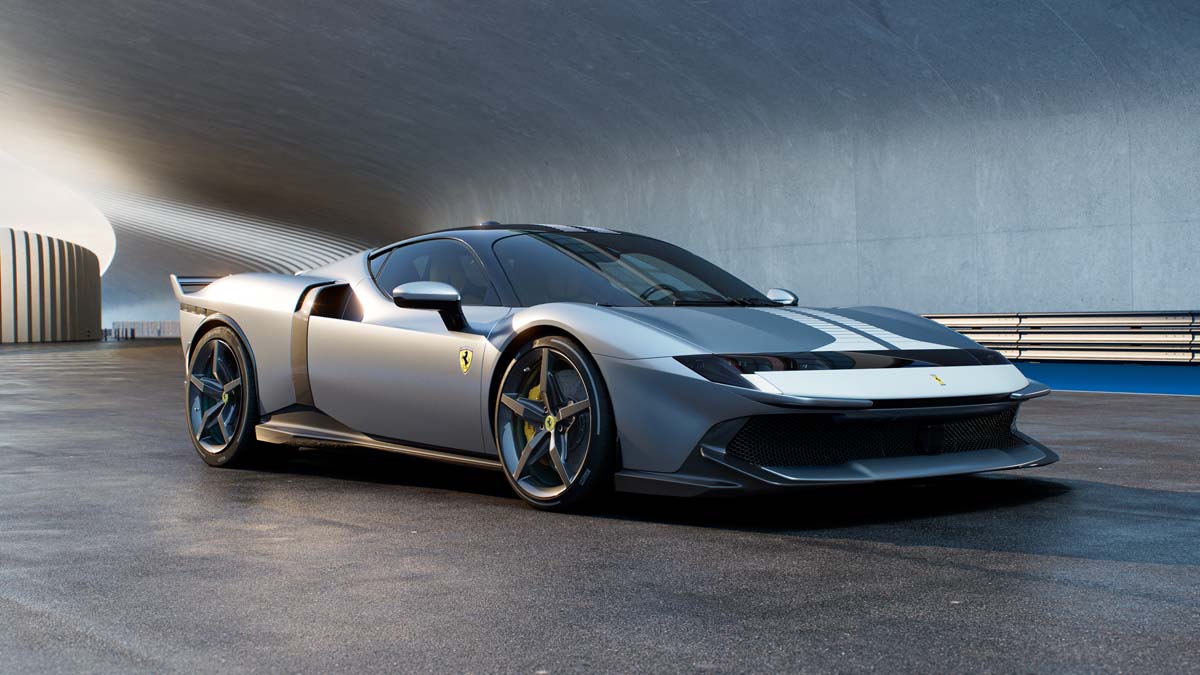
Assetto Fiorano offers more . . . and less
Separate to the standard 849 Testarossa Berlinetta and Spider, an ‘Assetto Fiorano’ option has numerous styling changes and lightweighting measures. This track-inspired variant has to be requested when ordering and is not available as a package for the standard 849 Testarossa.
Maximising the car’s dynamics and aerodynamic performance, the Assetto Fiorano cuts 30kg of weight through elements like lightweight seats, carbon fibre wheels and selected titanium parts. Front end aero is modified and additional vortex generators are added to the undertray, while replacing the winglets with actual wings triples the vertical downforce without increasing drag.
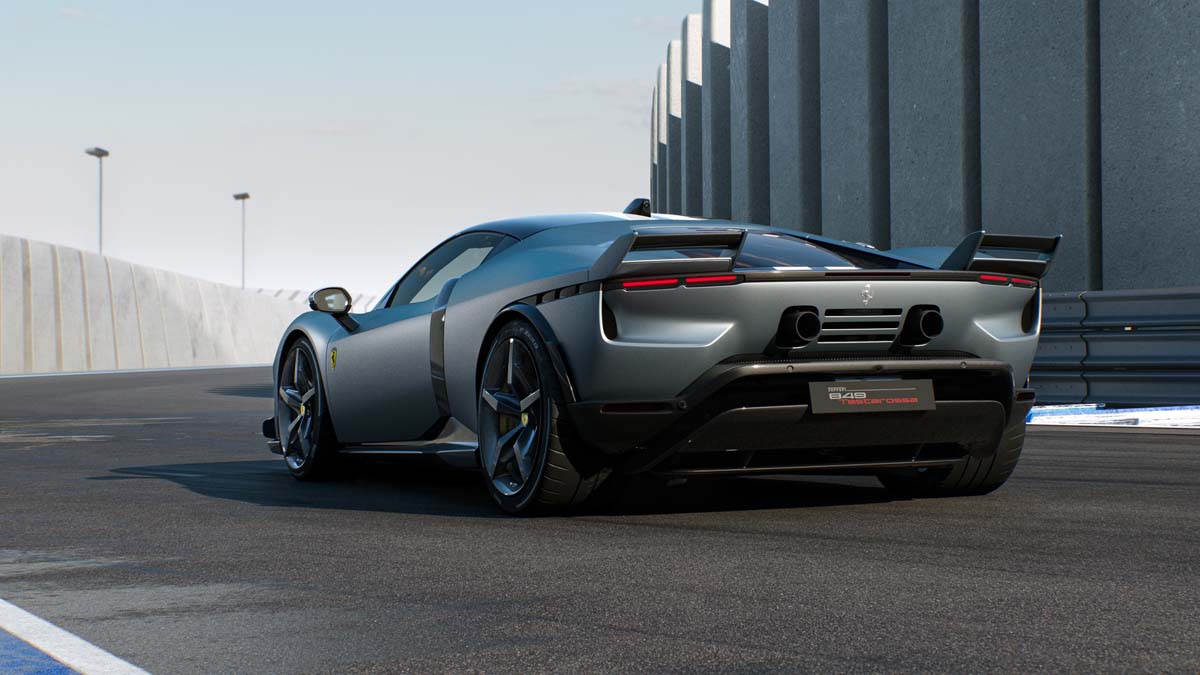
Stiffer shocks and lighter springs are fitted, with the option of a front-end lifter that can raise the front suspension to allow easier passage over speed bumps and driveway entries. Of the aforementioned tyre options, only Michelin’s Pilot Sport Cup2 is available with the Assetto Fiorano.
Dual striping, with a graduated effect, is available in Rosso Corsa and Bianco Cervo (Racing Red or White Deer) as an option.
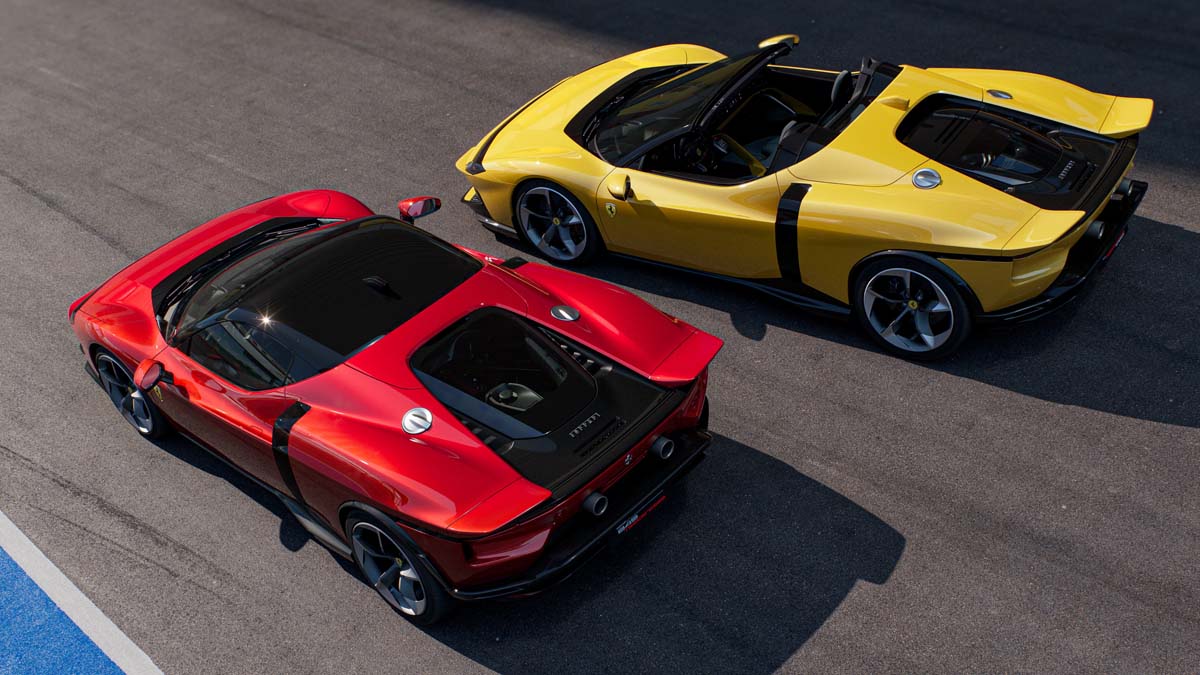
2027 For Australia
Production of the 849 Testarossa will commence in mid-2026, and although one unit was presented in Sydney in October, Australian release isn’t expected until sometime in 2027. Reporting puts local pricing at $932,648 for the Berlinetta and $1,015,589 for the Spider (+ ORCs).


